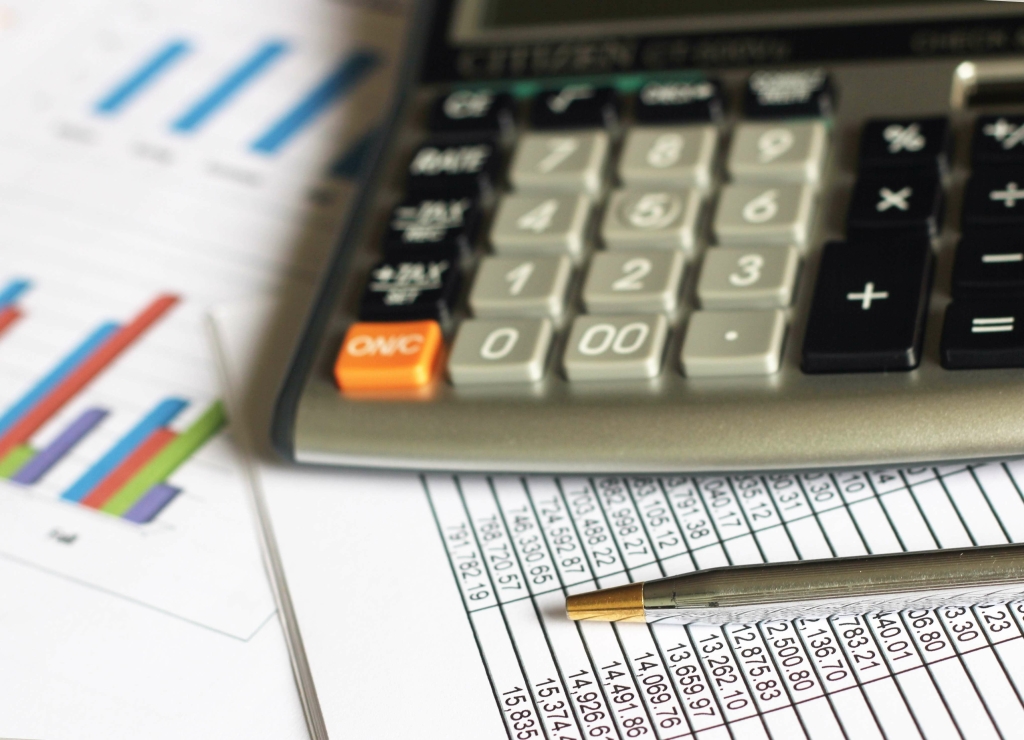What Are Intangible Assets? Examples and How to Value

In some European economies, the increase in the intangibles share was larger—2.8 percentage points in France, and 1.9 percentage points in the United Kingdom, according to national statistical agencies. Over the past 25 years, the United States and ten European economies achieved 63 percent growth in gross value added (GVA). During this period, the share of total investment of intangibles as defined by the INTAN-Invest database increased by 29 percent (Exhibit 1). Rising investment in intangibles has been linked with increasing total factor productivity of entire economies.
Example of Intangible Assets
And, let me warn you, that yes, all feasibility studies, evaluating whether the project is viable or not, ARE research and need to be EXPENSED in profit or loss. The company will use the straight-line method to report the amortization of the software. Next, the company estimates that the software will have a useful life of just three years given the fast paced nature of software innovation. Let’s say that a company has developed a software solution to be used internally to better manage its inventory. Its residual value is the expected value of the asset at the end of its useful life. The recorded value is the initial value assigned to the asset on the books, generally meaning its price or cost to create.
Tangible vs. intangible assets and taxes

The correlation of investment and deployment of intangibles with growth in GVA is becoming ever clearer, and huge value is at stake. As a thought exercise, consider the potential value that could be created if 10 percent more companies were to attain the share of intangible investment, and the GVA growth, of top growers. This could produce an additional $1 trillion in gross value added or a 2.7 percent increase across sectors in OECD economies. If more companies could capture more of the productivity- and growth-driving power of intangibles, these assets could play a major role in the bounce-back of companies and economies from the COVID-19 crisis. One of our key findings is that firms that invest most in intangibles are outperforming their peers.
Deloitte comment letter on tentative agenda decision on IAS 38 — Presentation of player transfer payments
This Week in ETFs: Simplify Adds 2 ‘Intangible Capital’ Funds – ETF Trends
This Week in ETFs: Simplify Adds 2 ‘Intangible Capital’ Funds.
Posted: Fri, 19 Apr 2024 07:00:00 GMT [source]
Furthermore, your control over the future returns from an Intangible Asset originates from the legal rights. However, the legal enforceability of your right does not necessarily give you control over the asset. Furthermore, these are the resources that generate economic benefits for your business in the future. Like assets, depreciation and amortization expenses are increased by debits and decreased by credits.
These special properties of intangibles allow firms to essentially expand at will, at least in some dimensions. When the pandemic struck, workers and firms with this capability pivoted quickly to remote work, using preexisting connectivity and capacity. Our data show that the share of workers working from home rose from less than one-tenth to about a third of the workforce by May 2020. Across industries, the share of workers working remotely is highly correlated with preexisting intangible capital payments from 2019. [See Figure 5.] This relationship is consistent with the capacity of intangible capital to be deployed across the span of the firm.
History of IAS 38

Journal Entry for Intangible Assets With a Limited Life
- The main problem with revaluations under IAS 38 is that an item can only be revalued if there is an active market in place.
- Furthermore, you do not amortize the intangible assets having indefinite useful life.
- An intangible asset is a non-monetary asset with no physical substance, though it can still be sold, transferred, and licensed.
- Intangibles contribute to output, along with physical capital, on which the owners of the firm may earn rents when there is market power.
- The former category consists of assets that can be physically handled while the latter is made up of assets that have no physical form.
What Are Intangible Assets? Examples and How to Value
- Intangible capital has become a large and increasingly important part of firms’ capital stocks and assets, especially over the last three decades.
- However, it’s important to consider their value in terms of accounting, and not just in terms of what they will generate for a business in the future — that is, from an investment point of view.
- Thus, you cannot later reinstate such an expense as an intangible asset.
- Here’s how we can automate the crypto accounting process in SoftLedger.
- Investing in a new store is fairly straightforward for a retailer with relatively certain prospects for sales.
- This could produce an additional $1 trillion in gross value added or a 2.7 percent increase across sectors in OECD economies.

